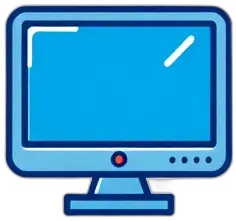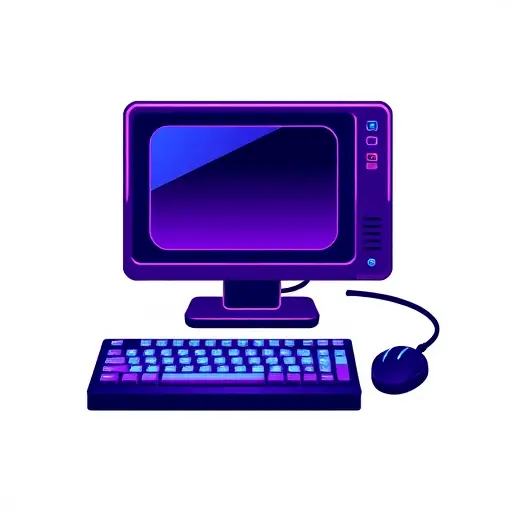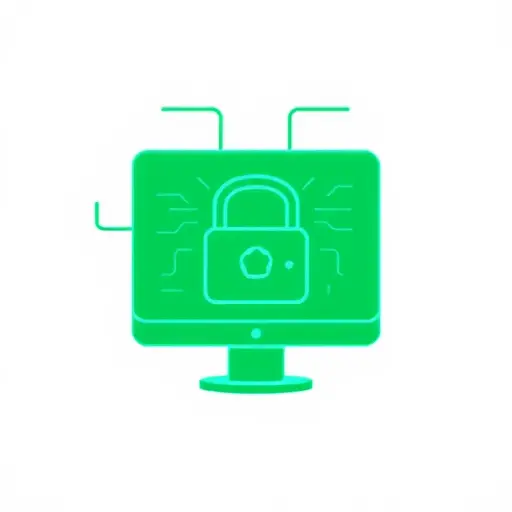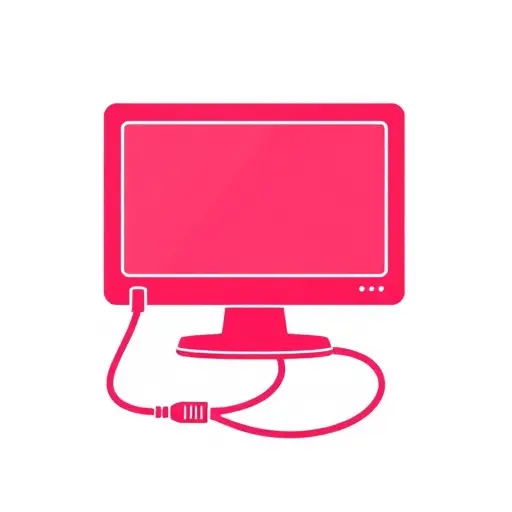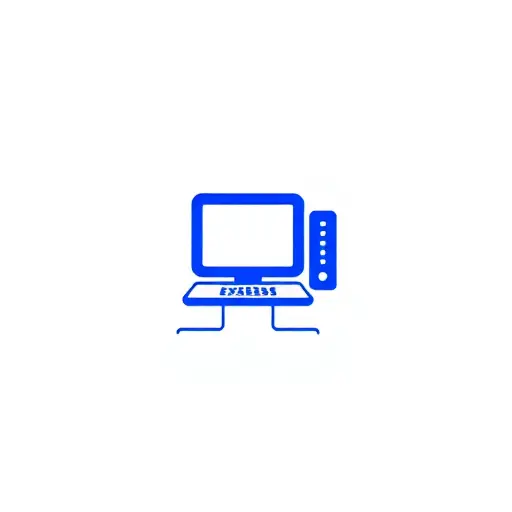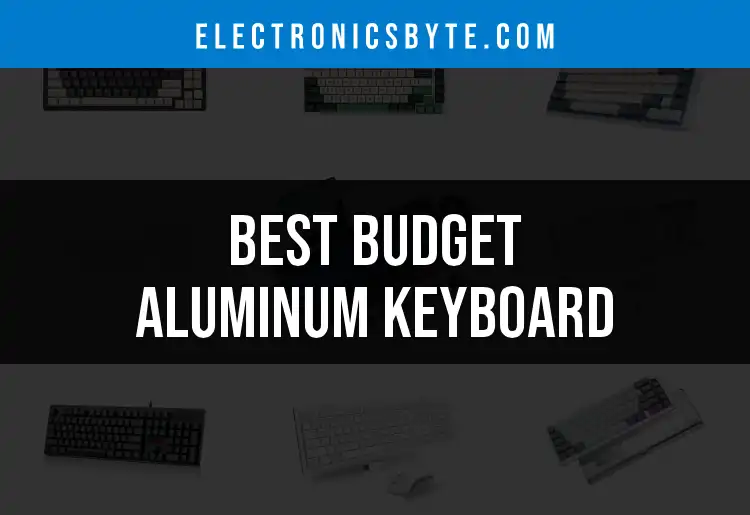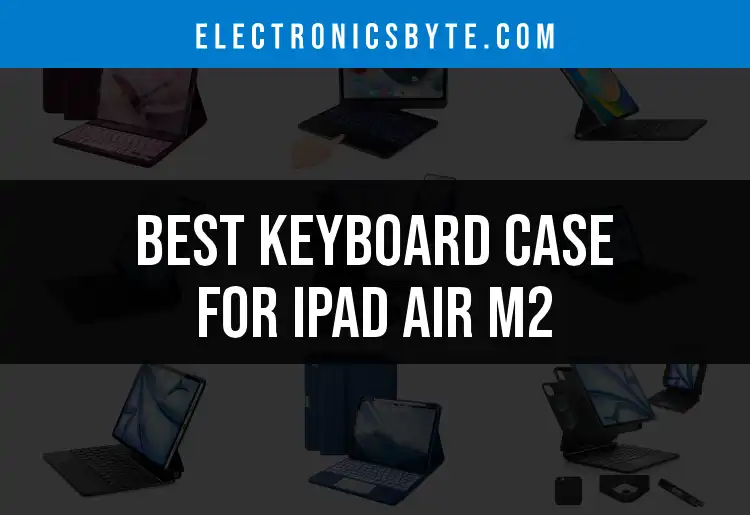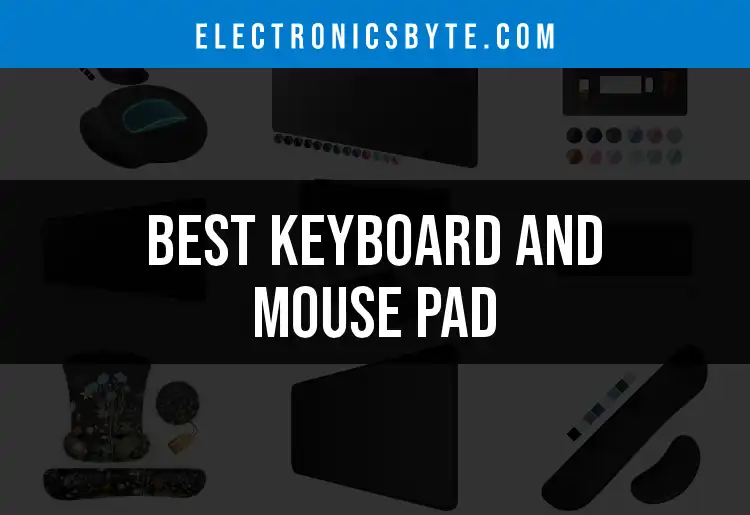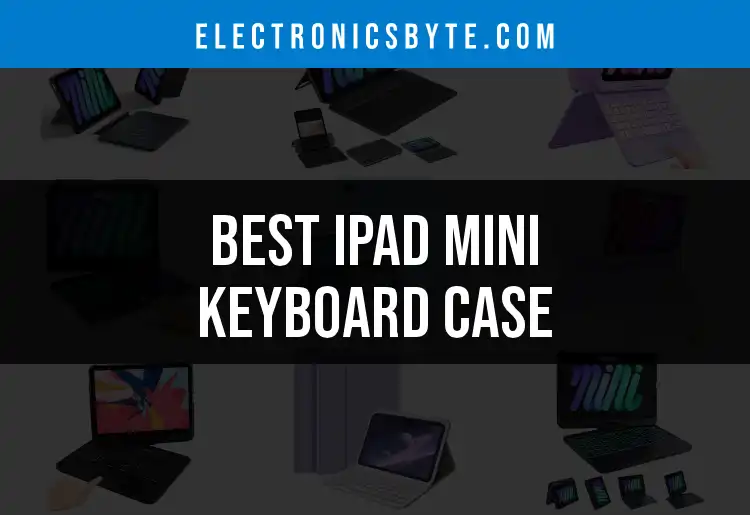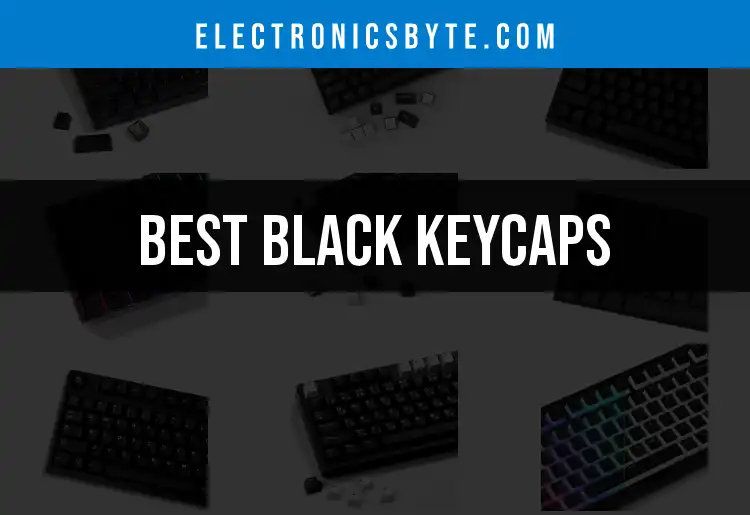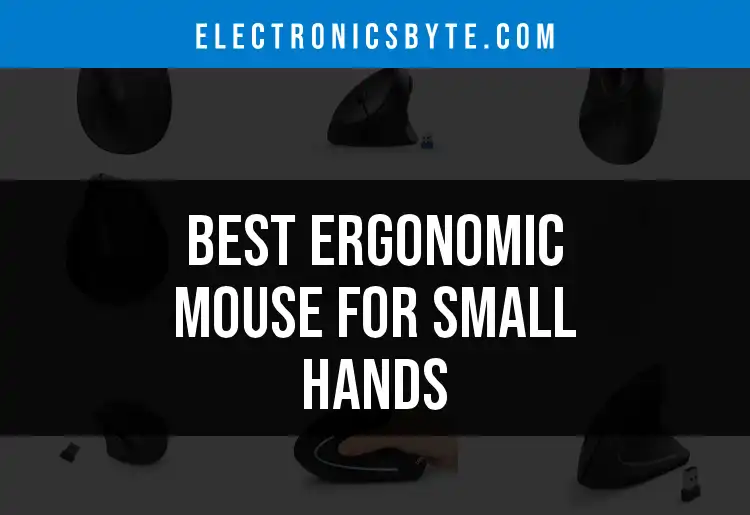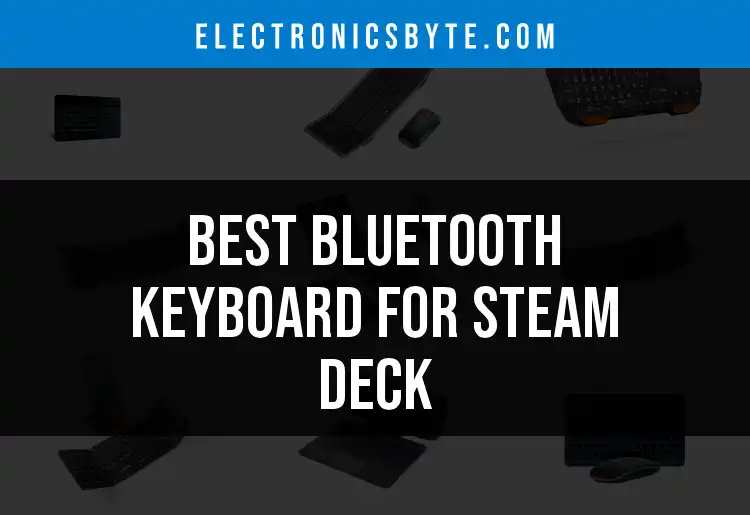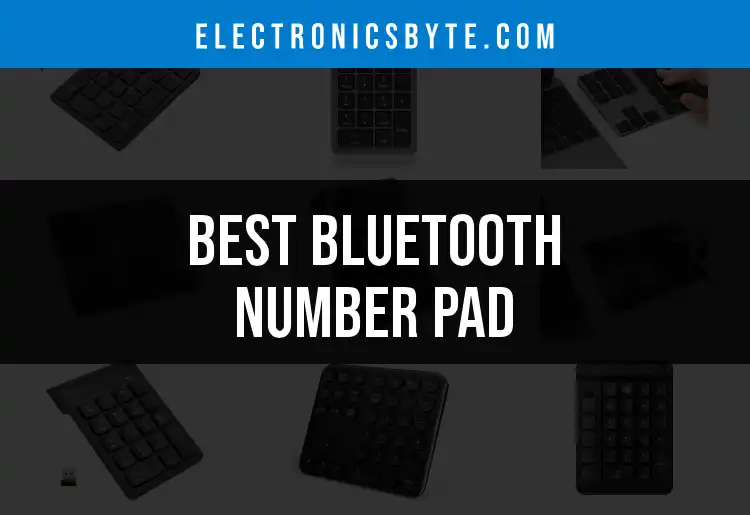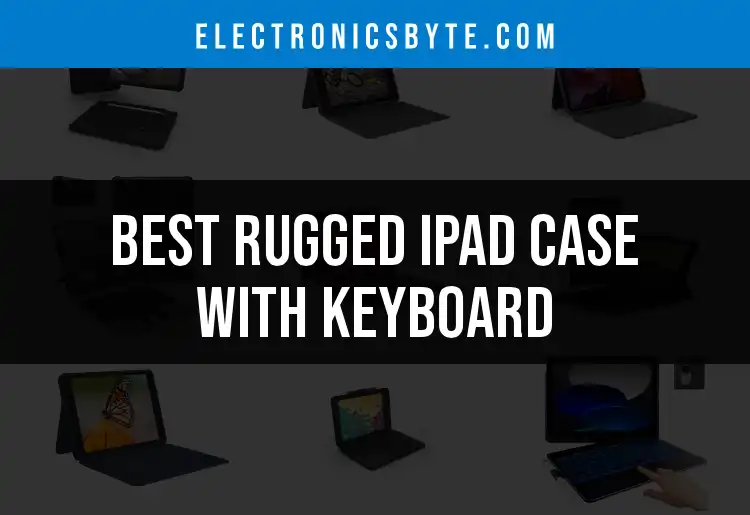Input devices are a crucial component of computer systems, serving as the primary means through which users interact with their devices. They translate user actions into signals that the computer can understand, making them essential for both everyday tasks and specialized applications. This guide explores the various types of input devices in-depth, their functionalities, specific recommendations, and insights into the future of input technology.
Understanding Input Devices
Definition and Purpose of Input Devices
Input devices are hardware components that allow users to input data into a computer system. Whether it's through typing, clicking, or drawing, these devices serve as the bridge between human action and computer response. Their role is fundamental in enabling users to interact meaningfully with their devices, ensuring that the user's commands are processed efficiently. Without input devices, computers would remain idle, unable to respond to user requests.
Importance of Input Devices in Computing
The importance of input devices cannot be overstated. They enhance user experience by providing intuitive ways to interact with software applications, games, and other digital environments. For instance, a responsive mouse allows for precise navigation in graphic design applications, while a well-designed keyboard enhances typing speed and comfort for writers and programmers alike. Effective input devices streamline operations and boost productivity, making them vital tools for individuals working in diverse fields.
Overview of Different Types of Input Devices
Input devices can be categorized into several types:
- Pointing Devices: These devices facilitate cursor movement and selection in graphical interfaces, allowing users to navigate applications smoothly.
- Keyboards: Used for data entry and interaction, keyboards come in various designs and configurations to meet different user needs.
- Touch and Stylus Input Devices: These devices cater to creative professionals and touch-centric use cases, enhancing user interaction through drawing and writing.
- Scanners and Card Readers: Used for digitizing physical data, these devices simplify the process of transferring information into digital formats.
- Video and Audio Input Devices: Including webcams and microphones, these devices help users capture visual and audio content for various applications.
Categories of Input Devices
Pointing Devices
Pointing devices are essential for navigating user interfaces. They allow users to interact with graphical elements on screens. The most common and widely used pointing device is the mouse, which greatly enhances user control and precision in digital environments.
Mouse
A mouse typically allows a user to control the movement of a cursor on the screen, making precise selections and navigation possible. Various types of mice exist, each offering unique advantages tailored to different user preferences and tasks:
-
Wired vs. Wireless: Wired mice provide consistent functionality with no need for battery replacements, ensuring reliable performance. Wireless mice offer freedom from cords and improved mobility; however, they may require regular charging or battery replacement. Depending on your workspace and usage habits, you might opt for one type over the other.
-
Gaming Mice: Specially designed for gamers, these mice often have adjustable DPI settings, multiple programmable buttons, and customizable RGB lighting. Such features enhance gaming experiences by providing players with greater control and personalization, which can be a game-changer for competitive play.
To enhance your mouse experience, consider investing in a mouse bungee. This ingenious accessory keeps your mouse cord taut, preventing tangling and enabling smoother movements for more precise cursor control. It can significantly improve your overall gaming or working experience by maintaining a clutter-free play area.
Other Pointing Devices
While the mouse remains a favorite, alternatives like trackpads, trackballs, and joysticks fulfill specific roles. For example, trackpads are prevalent on laptops and provide a space-saving option for navigation without requiring additional hardware. Trackballs offer an alternative for users with limited desk space, allowing for controlled cursor movement without moving the device itself. Joysticks are useful in specific fields, such as flight simulation and gaming, providing an immersive experience for interactive applications.
Keyboards
Keyboards are indispensable tools for data entry, programming, and gaming. They allow users to input text, commands, and shortcuts quickly, playing a vital role in productivity across multiple tasks. Understanding the different types of keyboards available can help users select one that aligns with their specific needs and preferences.
Types of Keyboards
-
Mechanical Keyboards: Known for their tactile feedback and longevity, mechanical keyboards utilize individual mechanical switches for each key, providing a satisfying typing experience. Users often appreciate the tactile response and audible clicks, which can enhance both typing speed and accuracy. If you're looking for a typing experience that feels both responsive and comfortable, explore our recommendations for a blue switch keyboard, which is particularly favored for its clicky feedback.
-
Membrane Keyboards: These keyboards use a pressure pad system and are often quieter and less expensive than mechanical keyboards. However, they may sacrifice durability and tactile feedback, leading to a less satisfying user experience. For casual use or temporary setups, they may be suitable, but dedicated gamers or typists may prefer the advantages of mechanical options.
-
Wireless Keyboards: These keyboards are perfect for users seeking freedom from cords. Wireless keyboards eliminate cable clutter and make for a more organized workspace. It’s essential to ensure they come with reliable battery life or charging options to avoid interruptions. If you’re using a PlayStation 5 controller for gaming, consider integrating it with a keyboard for PS5 controller to enhance your gameplay with efficient communication options.
-
Specialized Keyboards: Certain keyboards are meticulously designed for specific tasks, like CAD work. Programmers or designers using AutoCAD, for instance, may benefit from the shortcuts and key configurations on a CAD keyboard tailored for these applications, greatly enhancing their workflow.
-
Home Theater PC Keyboards: If you're setting up a home theater PC or managing media from your couch, an appropriate keyboard can optimize your experience. You can find suitable options in our guide for the best home theater PC keyboard.
-
Ergonomic Keyboards: These keyboards are engineered to reduce strain on the user’s wrists and hands. They often feature split designs and adjustable angles that promote a more natural posture. Investing in an ergonomic keyboard can be beneficial for those who spend long hours typing, thereby enhancing comfort and preventing repetitive strain injuries.
Numeric Keypads
For users requiring frequent data entry, numeric keypads can provide substantial convenience. A numeric keypad allows for faster number input, especially in fields such as accounting and data analysis. If you’re in the market for one, you can browse our selection of the best number pads tailored to your specific requirements.
Touch and Stylus Input Devices
Touch and stylus devices have emerged as essential tools for both casual and professional users, particularly in creative fields.
Screen Styluses
Styluses significantly enhance the interaction between users and touch screens, providing greater precision for tasks like drawing or note-taking. The tactile feedback from a stylus can make a substantial difference in how naturally a user can engage with a digital canvas. This is especially useful for graphic designers, artists, and students.
For those working on devices like the HP Envy x360, the right stylus can dramatically improve your experience. You can enhance your creative and productivity tasks with tools that make drawing or annotating a breeze by checking out our recommendations for the best stylus for HP Envy x360. If you’re working on a Samsung tablet, a dedicated stylus for Samsung Tab A7 Lite can bring out the best in your drawing applications. Users with Lenovo tablets should also explore options for a stylus for Lenovo tablet to unlock full functionality.
For those who prefer the capability of traditional writing, a pen for HP Envy x360 offers a seamless way to take notes, annotate documents, or sketch ideas while maintaining the experience of writing on paper. Additionally, users with the Dell Inspiron 2-in-1 can benefit from the precision of a stylus pen for Dell Inspiron 2-in-1, which contributes significantly to enhancing your interaction with the device through drawing and handwriting.
Scanners and Card Readers
The transition to digital work has made smart card readers and scanners increasingly relevant, streamlining the process of data entry.
Smart Card Readers
Smart card readers are devices used for secure access to systems, utilizing encrypted data to verify identities. These devices are commonly found in corporate and educational settings, where security is paramount. Smart card technology is also prevalent in banking and identity verification processes. Exploring the latest options can enhance security protocols. If you're interested in finding top-rated devices, check our guide for the best smart card readers that align with your needs.
Video and Audio Input Devices
Input devices extend beyond traditional peripherals, incorporating video and audio capabilities as well. The utilization of these devices has surged in recent years, particularly with the rise of remote work and digital communication.
Webcams
As video conferencing becomes a staple in professional and social interactions, the quality of your webcam can directly impact how you are perceived during video calls. A high-quality webcam ensures clarity and professionalism, which is crucial for making good impressions in meeting settings. A dependable choice might be a middle-screen webcam that can fit seamlessly into your setup, contributing to a more engaging and visually appealing videoconference experience.
Microphones
Quality microphones are vital for capturing clear audio during presentations, content creation, and communication. In today's content-driven environment, clear audio can make or break a user’s experience, whether it's for podcasts, educational videos, or live-streaming gaming sessions.
Selecting the Right Input Device
Considerations for Choosing Input Devices
When selecting input devices, various factors should help guide your decision:
-
User Needs: Understanding the primary tasks and environments where you'll utilize your devices is essential. For instance, gamers may prioritize responsiveness and customizable features, while professional typists will focus on comfort and tactile feedback.
-
Compatibility: It’s vital to ensure that your chosen devices are compatible with your operating system and hardware configurations. Unfocused purchases can lead to frustration if devices do not function as intended.
-
Ergonomics: Particularly for keyboards and mice, it is essential to prioritize functionality and comfort. Investing in ergonomically designed devices can lead to better long-term health and decreased risk of repetitive strain injuries.
Price vs. Value
While some input devices come with a higher price tag, weighing their durability and functionality against their cost is crucial. Cheaper options may save money upfront but could lead to dissatisfaction or rapid replacement. Therefore, investing in quality devices, even if they may be more expensive initially, can lead to better performance and increased longevity, ultimately providing greater value over time.
Reviews and Recommendations
Before making a purchase, it's beneficial to read detailed reviews and expert recommendations that highlight the pros and cons of different devices. This research can save you time and guide you in finding the best products suited for your needs. Understanding user experiences can provide essential insights, leading to well-informed buying decisions.
Future of Input Devices
Emerging Technologies
As technology continues to evolve, newer forms of input devices are emerging that push the boundaries of traditional interactions. Expect to see potential enhancements such as:
-
Voice Recognition Systems: Allowing users to control devices through spoken commands can make technology more accessible for individuals with disabilities and streamline interactions for everyone.
-
Eye-Tracking Technology: Such advancements facilitate hands-free navigation, enabling users to interact with their devices in a more natural manner, which is particularly beneficial for gaming and design software.
-
Haptic Feedback Systems: These systems provide tactile experiences that enhance user interaction, resulting in more immersive experiences whether you're gaming, designing, or performing routine tasks.
Integration with AI and Machine Learning
The integration of AI into input devices is also on the rise. Smart enhancements can lead to personalized interactions based on user behavior, adapting to preferences and improving overall user experience. For instance, devices that learn to predict user commands can streamline workflows and enhance productivity, effectively reshaping the landscape of how we interact with technology.
Prospects for Input Device Development
With continuous advancements, we can anticipate that the future of input devices will be characterized by greater user-friendliness, efficiency, and adaptability. As the digital landscape evolves, input devices will likely become increasingly integrated with augmented reality (AR) and virtual reality (VR) environments, transforming how people engage with information and the digital world.
Conclusion
In summary, input devices are paramount for effective interaction with computers and technology. They enhance user experiences, simplify tasks, and open avenues for creativity and productivity in various fields. Understanding the various types, their unique features, and future enhancements allows you to make informed decisions about the technology you use every day.
Take the time to explore our curated recommendations for each category to find the perfect device that meets your specific needs and preferences. As technology continues to evolve, staying informed about input devices ensures that you can optimize your digital experience and enjoy greater efficiency and creativity in your everyday tasks.
